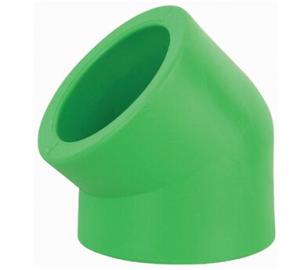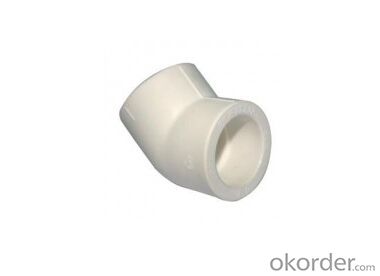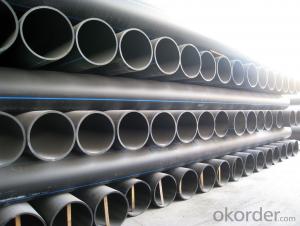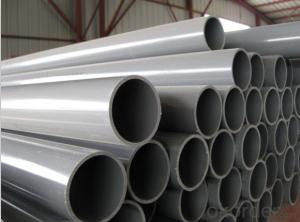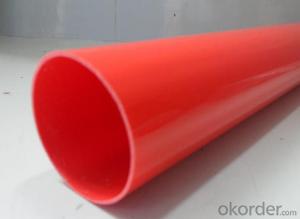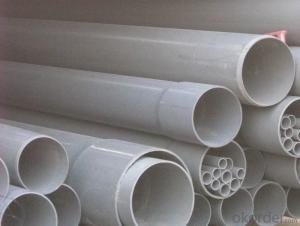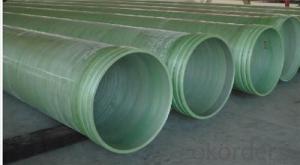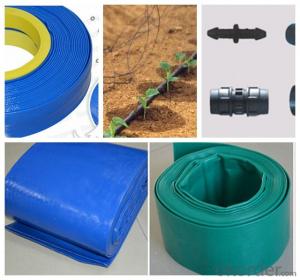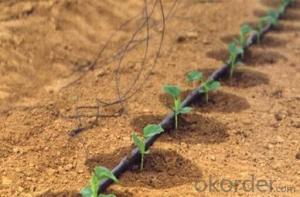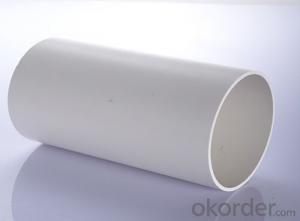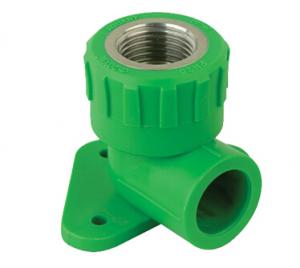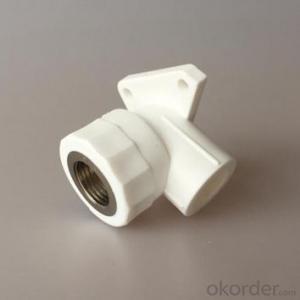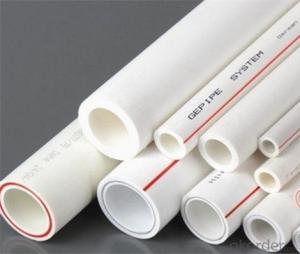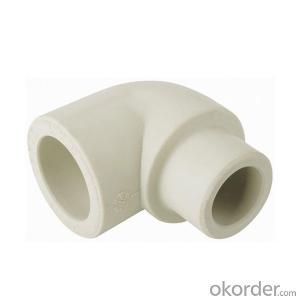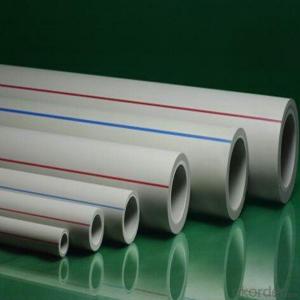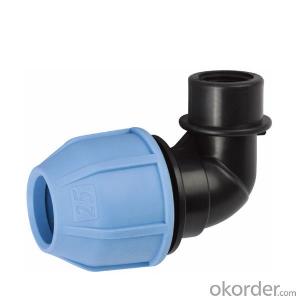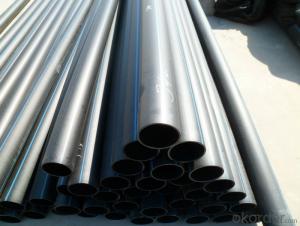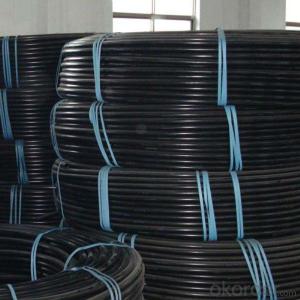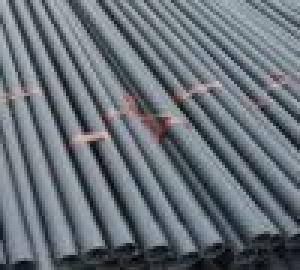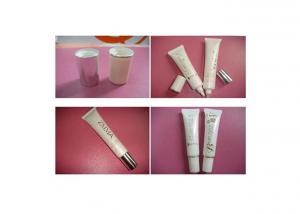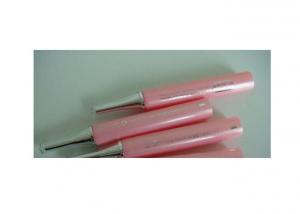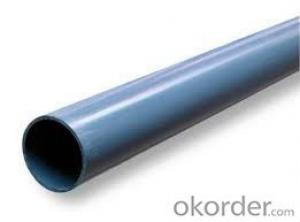Plastic Tubes PPR Elbow for PPR Tubes DIN Standard from Top Chinese Manufacturer
- Loading Port:
- Tianjin
- Payment Terms:
- L/C,T/T
- Min Order Qty:
- 14000 pc
- Supply Capability:
- 870000 pc/month
OKorder Service Pledge
OKorder Financial Service
You Might Also Like
Product Features
1. Corrosion resistance
PPR pipes and fittings can resistant to most chemical corrosion; it can withstand PH value range 1-14 high concentration of acid and alkali corrosion over a wide temperature range.
2. Installation performance
PPR pipe PPR pipe is light in weight, and the operation installation is easy, which make it available to weld again. It is very important that pipe and pipe fittings can be welded together in seconds with a simple tool. Compared to traditional connection methods it can save 40%~50% of the time.
3. Safety Indicators
The basic component of PPR is carbon and hydrogen which is simple. It keeps in line with food hygiene regulations, non-toxic. If you use PPR pipe, there will no dirt in the inner wall or “secondary water pollution” caused by rust any more.PPR pipe ,green building materials, is more suitable for transporting drinking water.
Advantages of PPR pipe
1. Maximum operating temperature can up to 95℃; it can work in a long term under the condition of 70℃ and 1.0Mpa.
2. PPR pipe density is only 1/8 of metal pipe; pressure resistance strength test is up 5Mpa, with good toughness, impact resistance.
3. Inner diameter of PPR pipe is little bigger than that of pipe fittings, which can ensure not to increase the resistance to fluid flow.
4. Inner wall of PPR pipe is smooth, no rust, no scaling, small fluid resistance
5. PPR pipe has excellent insulation properties, can significantly reduce the vibration and noise caused by the flow of liquid.
6. PPR pipe energy consumption is only 20% of steel pipe; its thermal coefficient is also only 1/200 of steel pipe, reducing heat loss greatly.
7. PPR pipe is poor electrical conductor material, which can avoid galvanic corrosion phenomena.
8. With poor thermal conductivity, PPR pipe can reduce condensation.
9. PPR pipes, fittings are recyclable.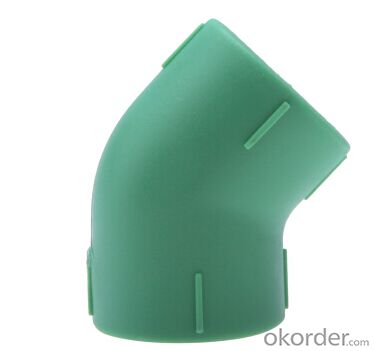
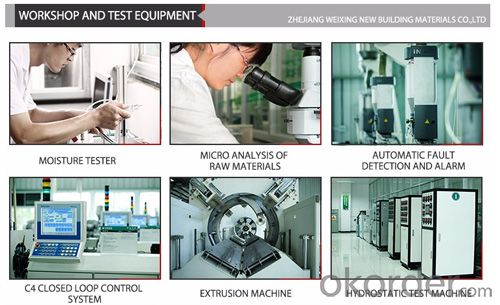
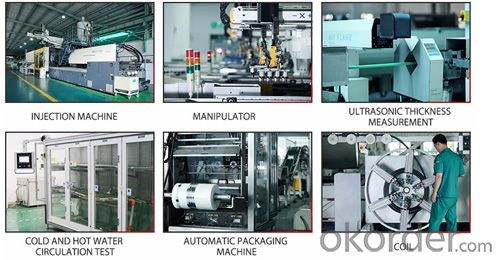
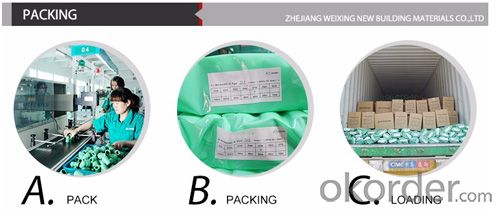
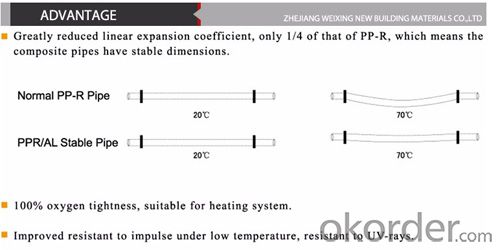
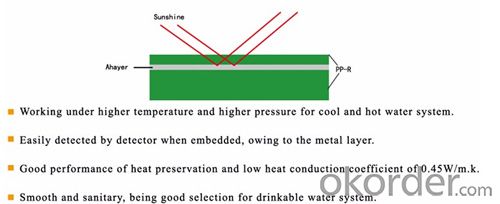
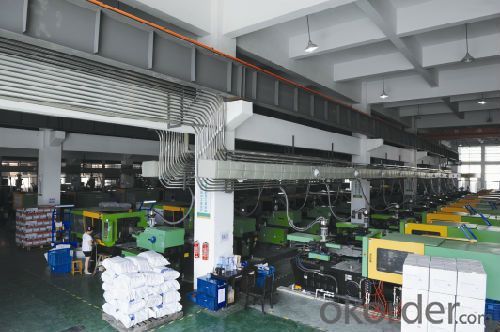
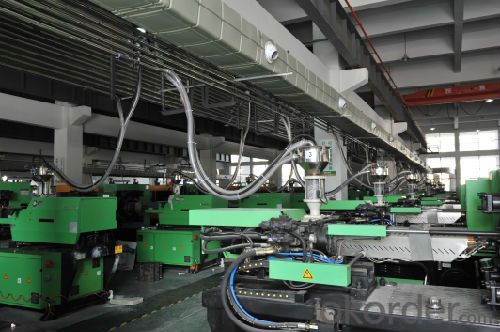
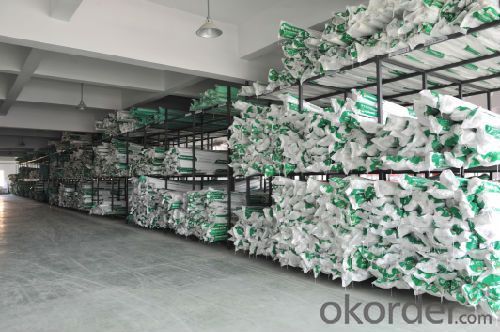
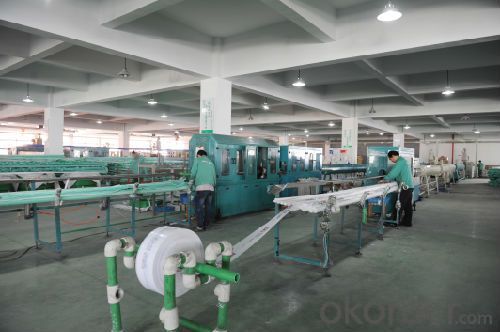
Application
1. Hot and cold drinking water supply system of civil and industrial buildings
2. Clean, pure water piping system
3. Beverage production and transport systems
4. Industrial liquid delivery system
5. Central air conditioning system
6. Hot water circulation Heating System
7. Compressed air piping system
8. Garden and greenhouse irrigation systems
Advantages and disadvantages of PPR pipes
The full name of PP-R pipes with an international level of new energy-saving plastic products in the nineties is the random copolymer polypropylene piping. PPR installation and use of the advantages and disadvantages are as follows:
Advantages:
1. Harmless to human health, to all ions in water and chemicals in the building are no chemical reaction, compared with metal pipes do not rust, plastic water pipe will not corrode, and has a high degree of acid resistance and chloride resistance.
2. Belonging to the sustainable development green products. There is no environmental pollution in the process of production, construction and use. Secondary recovery can be repeatedly used.
3. Are different, homogeneous melt PP-R pipe is connected with other pipeline is the biggest advantage of this pipe system. Pipe connections disclose rate is very low, no maintenance, usable visual inspection, the joint firm could no corrode.
4. Light weight, easy handling construction, can greatly reduce the labor intensity, fast construction progress.
5. Good heat resistance: instant use temperature can reach 95 degrees. Long-term use at work pressure does not exceed 0.6Mpa, temperature up to 70 degrees. To meet the general needs of life and production of hot water, it is an ideal hot water pipe.
6. Low thermal conductivity: thermal conductivity of 20 degrees was 0.23 ~ 0.24W / Mk, much smaller than steel and copper. Used in air conditioning or hot water supply and drainage, you can save the investment in the pipeline insulation.
7. Elastic modulus is small: stress due to temperature change is small, suitable for direct burial, in-wall and floor surface layer Concealed way. With High-grade appearance, it is a trend of fashion.
8. Small pipe resistance: pipe wall smooth, non-furring, small head loss, head loss is smaller than the metal pipe; the local head loss is also smaller than the metal tube.
9. Performance can be repaired pipeline: full advantage of PP-R pipe hot melt, the use of PP-R of the eye of a needle stick fill holes in the pipeline repair can also be cut out the damaged pipe replacement pipe.
Disadvantages:
1. Higher cost: With the continuous promotion of the pipe is now ready to accept the price, but the price is still too high, pipe fittings, because one mold imports; Second, copper and stainless steel fittings materials pipe fittings are used in special requests these metals temperature coefficient and accessories for a temperature coefficient of PP-R materials strict consensus, now also need foreign imports.
2. PPR size is only a small outer diameter of 20-110 mm diameter products; types of fittings and valves missing, there is connected to the metal valves inconvenient questions.
3. Rigidity and impact resistance worse than metal pipes.
4. Larger coefficient of linear expansion, for surface or overhead required to lay more pipe hangers, affect the appearance.
5. Construction equipment advanced complex, construction technology requirements, construction workers and construction quality management requirements high. Joint quality and temperature of the hot melt connection, heating time, the seam stress-related, construction prone to bias.
6. UV resistance is poor, in the long sunlight easy to aging.
7. PP-R pipe belonging to combustible materials, it cannot be used for fire water supply system.
- Q: why does the toothpaste doesnt react with tube in which its filled?
- good question who knows
- Q: How about plastic pipes for water pipes in the house? With PVC or PPR or something?
- And Jiazhuang, should use PPR tube relatively good, PPR tube is a new type of pipe material, it can be used as a cooling tube, can also be used as a heat pipe, due to its non-toxic, light, pressure resistance, corrosion resistance, is becoming a kind of promotional material. It is also suitable for hot water pipes and even pure drinking water pipelines.
- Q: Do plastic tubes have any health risks?
- Yes, plastic tubes can pose health risks depending on the type of plastic used and the intended use of the tube. Some plastics contain harmful chemicals such as BPA (bisphenol A) or phthalates, which can leach into the contents of the tube and potentially cause health issues when ingested or absorbed by the body. Additionally, plastic tubes used in medical procedures or surgeries can carry the risk of infection if not properly sterilized or if they are made from low-quality materials. It is important to consider the specific plastic composition and usage guidelines when assessing the potential health risks of plastic tubes.
- Q: Do plastic tubes have any limitations in terms of shelf life?
- Yes, plastic tubes do have limitations in terms of shelf life. Over time, plastic tubes can degrade, become brittle, or lose their flexibility, which affects their overall functionality and durability. Additionally, exposure to certain environmental factors like heat, sunlight, and chemicals can accelerate this degradation process, further reducing their shelf life. It is important to consider these limitations when storing or using plastic tubes to ensure their effectiveness and longevity.
- Q: I use a length of plastic tubing and after using it for a while (few months) it changed from clear to opaque. It had been exposed to heat, alcohol and water, nothing else. If you know why it changed colors please fill me in. Also, I would like to know if it is changed chemically that might effect things traveling through it or if it is merely a cosmetic change and I can ignore it for the most part.
- If the plastic tubing was exposed to heat, then the resultant color change was most like due to a disruption in the chemical lattice of the plastic. A plastic is basically a polymer or group of polymers (polymer=same chemical compound repeated over and over again). When heat or another energy source is apllied, it has the ability to alter the polymer structure. Think of a polymer in similar terms as a crystal; all of the compounds in the plastic will align themselves in a similar way as the previous compound. When you do this with minerals, you end up with a clear or partially clear crystal. The same basic principal applies to polymers (plastics). Hope this helps!! P.S. some chemicals have the same ability to alter the plastic, same as an enrgy source..
- Q: It seems to me that if this country is serious about environmental issues, we should not be packaging products in anything that cannot be recycled. The world is becoming one big garbage dump!
- All plastics can be recycled - as long as there is a recycling facility capable of recycling them. Plastics do degrade each time they are recycled, but they can serve many uses. We need to purchase those items that can be recycled where we live, this forces the companies making the items to use recyclable materials. Certain facilities can only recycle certain types of plastics, usually the ones they can make a profit from. For example, it is not cost effective to fill a semi with styrofoam from Michigan for processing in Florida or California, one of the few places where it is recycled. To find out how you can recycle plastics in your area and learn more about recycling go here:
- Q: Can plastic tubes be used for gardening or irrigation purposes?
- Yes, plastic tubes can be used for gardening or irrigation purposes. They are commonly used as a cost-effective and efficient way to transport water to plants, whether it's for watering gardens, lawns, or crop fields. Plastic tubes are lightweight, durable, and can withstand different weather conditions, making them a popular choice for irrigation systems in both residential and commercial settings.
- Q: Can plastic tubes be used for storing and transporting hazardous materials?
- No, plastic tubes are not suitable for storing and transporting hazardous materials as they may not provide sufficient protection against leaks, spills, or chemical reactions that can occur with certain substances. It is important to use approved containers specifically designed for hazardous materials to ensure safety and compliance with regulations.
- Q: What is the best adhesive to keep the paper on a plastic tube (Its an MM mini tube and standard scrapbook paper). I tried glue dots and it worked for 2 hrs then came off on its own. Id prefer to stay away from super glue since it could easily glue to my hands.
- Can you wrap the paper around the tube and just glue the paper to itself, or tape the paper to itself?
- Q: i have to know, because otherwise the hoover is rendered completely useless, the bottle cap is the same size as the hoover tube and i do not have a stick or long object long enough with which to poke it out :(please help meunfortunately, the hoover tube is plastic :( regrettably majority of said tube is plastic and flexible...this darned cap! therefore cannot be heated up, as the hoover will melt..and i can't afford another one!so hanything else anyone can suggest would be greatly appreciatedthe cap is stuck quite far up, but in a solid part of the plastic, im not sure blowing would dislodge it as sheer hoover sucking power seems to do nothingHELP PLEASE!
- if the hose or tube is strong enough you could bend the cap inside from the outside (similar to bending a beer cap) and it should fall out.. use a coat hanger wire with a hook in the end is another alternative.
Send your message to us
Plastic Tubes PPR Elbow for PPR Tubes DIN Standard from Top Chinese Manufacturer
- Loading Port:
- Tianjin
- Payment Terms:
- L/C,T/T
- Min Order Qty:
- 14000 pc
- Supply Capability:
- 870000 pc/month
OKorder Service Pledge
OKorder Financial Service
Similar products
Hot products
Hot Searches
Related keywords
